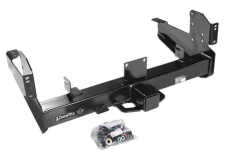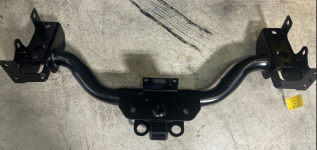Kingsize24
Well-known member
Nope. Run a tape measure around the circumference. That's how far your rig goes with one wheel revolution, and it doesn't matter if your tire is nearly flat or 80 psi.
THIS! Or do the paint dot method and measure the distance center to center after one full revolution. Both flat and at max PSI will be the same.


